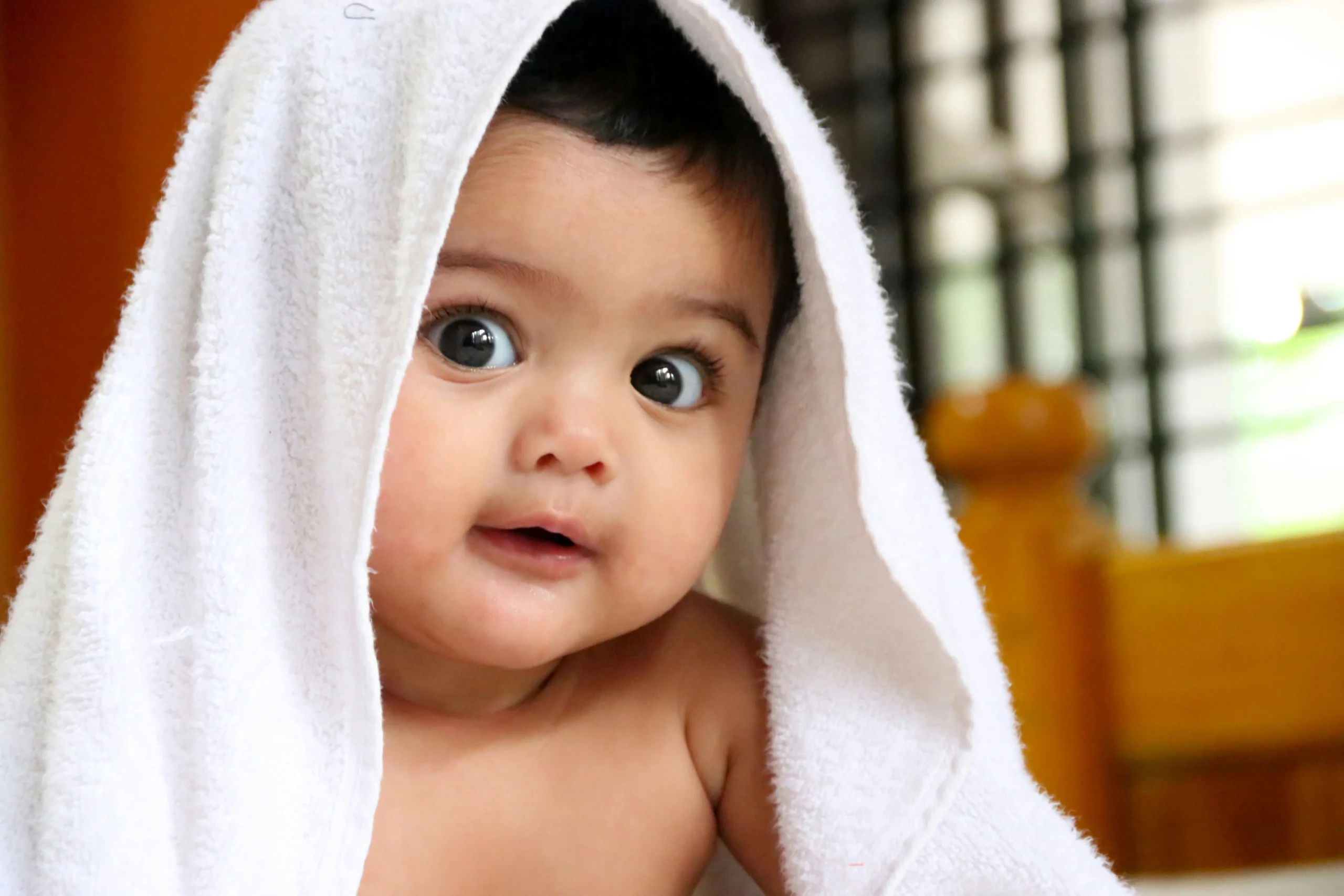Once a week, I volunteer in my son’s classroom, and during a recent visit, I noticed a child’s surprise when he learned that my son participates in gymnastics. Curious, I asked why he was surprised, and he replied, “Oh, I thought his legs were still broken. He still wears those braces.”
This unexpected comment opened the door to a deeper conversation, one that I was glad to have. I explained that my son has cerebral palsy, a difference he lives with daily. I emphasized that everyone has unique traits, and soon the kids began to share their own differences. “I’m allergic to shellfish,” one child said, while another mentioned her celiac disease. It turned out that the boy who asked the initial question also had a cow’s milk allergy. This exchange was enlightening for all of them, broadening their understanding of what makes each person unique.
Afterward, I reached out to the boy’s mother to provide context for their discussion, just in case he continued it at home. She responded with appreciation, admitting they had been teaching their children to overlook differences, hoping this would diminish their significance.
I understand this perspective—before my son was born, I agreed with it. Why draw attention to differences when you can teach children not to see them? It makes sense that discussing differences may lead to more questions and even awkward moments. However, I believe engaging our kids in conversations about differences is crucial, and it’s something everyone should embrace.
It’s essential to acknowledge that some individuals walk or think differently, need additional time to process feelings, or have food sensitivities. Some might have physical differences, such as missing limbs or hearing impairments. Recognizing and discussing these traits does not make anyone inferior or superior; rather, it highlights our shared humanity.
As a child, I often felt different myself. I was quite slender and received comments about my size, which made me self-conscious during adolescence. I even faced teasing for not wearing a bra until later than my peers. I also had a prominent nose and unruly hair. While these differences caused me some angst growing up, I’ve come to accept and embrace who I am today.
My son’s differences, particularly his cerebral palsy, are much more apparent and affect his daily life significantly. He may always be known as “the kid with CP” to some. However, if I had the choice between families instructing their kids to ignore my son’s condition or educating them about it, I would choose the latter. I don’t expect constant discussions about his condition, but I welcome questions from other children. Often, they have their own differences to share; they just haven’t thought of them in that way.
Differences are a natural part of life. Ignoring them doesn’t make them disappear. In fact, the common approach of overlooking differences often leads to segregation, whether based on race or physical ability. It creates environments where educators may struggle to support children with unique needs simply because they lack familiarity with them. Schools may even be unprepared to accommodate children with disabilities like wheelchairs if no one has previously attended.
I’m grateful for the conversation I had with that mother, as it sparked a realization for me. While not everyone will share my viewpoint—recognizing that some individuals with visible differences may prefer not to discuss them—it’s vital to foster an environment of openness. My son’s cerebral palsy is a part of his life that isn’t going away. He has no reason to feel ashamed, and acknowledging it helps normalize it for him and his peers. The more we integrate these discussions into his social circles, the more acceptance he’ll experience in broader society.
In conclusion, it’s essential to embrace our differences. Instead of pretending they don’t exist, let’s celebrate them as part of our shared human experience. If you’re interested in exploring more about parenting and differences, check out this insightful post on our blog. Additionally, if you’re considering at-home insemination, reputable retailers like Make a Mom offer excellent products, or you can find valuable information on WebMD regarding infertility treatments and options.

Leave a Reply